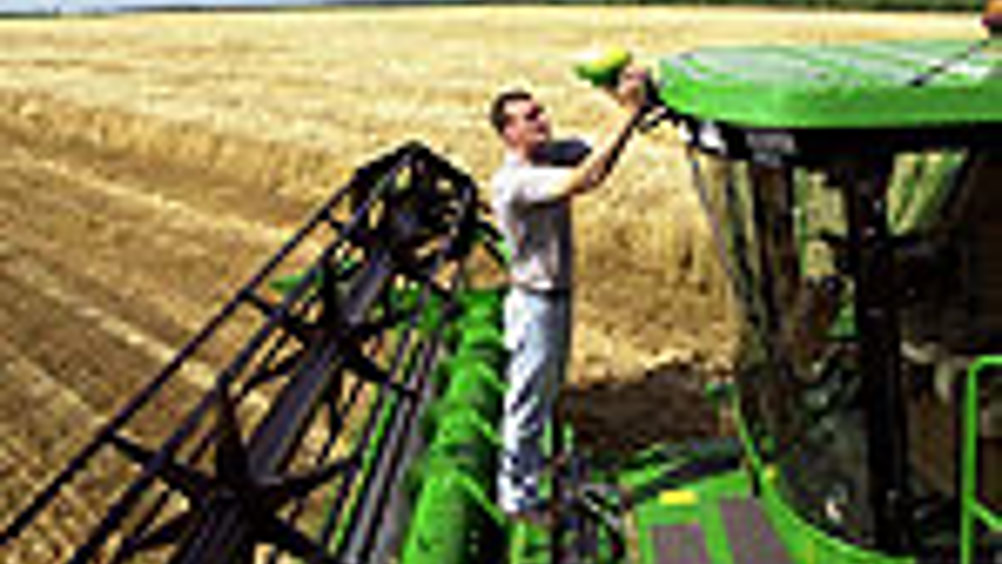Harvest boon
Linde Hydraulics’s CED technology has boosted the tractive performance of Claas Jaguar’s harvesters without increasing energy consumption

While its road-holding may not be quite up there with its sports-car namesake, the Claas Jaguar, one of the farming industry's top-selling forage harvesters, boasts some pretty impressive performance characteristics.
With a top road-speed of 40km/h, and, more significantly, a typical working speed of 16.8km/h, the Jaguar, which is used to produce silage, can harvest up to 400 tonnes of maize or grass an hour.
Key to this performance is a specially developed hydrostatic — or hydraulic — drive system developed by Linde Hydraulics.
A feature of Claas's foragers since 2000, this so-called hydrostatic propel drive system, which consists of a hydraulic drive-system coupled with an electronically controlled diesel engine, has been enhanced with a recent redesign.
One of the prime areas of improvement was in the 18-tonne vehicle's tractive force, an essential feature on the slopes and wet ground that form its typical working conditions.
According to
, use of its CED electronic control technology enables Claas to achieve a significant boost in tractive force without increasing energy consumption by changing the diesel power, pump, rotating speed or pressure.
Register now to continue reading
Thanks for visiting The Engineer. You’ve now reached your monthly limit of news stories. Register for free to unlock unlimited access to all of our news coverage, as well as premium content including opinion, in-depth features and special reports.
Benefits of registering
-
In-depth insights and coverage of key emerging trends
-
Unrestricted access to special reports throughout the year
-
Daily technology news delivered straight to your inbox










BEAS funding available to help businesses cut energy costs
And not a moment too soon, if the following exchange broadcast last Friday 13th June, on the Radio 4 ´Rare Earth´ program (link below, ~ 17 minutes...